11 Reasons to Try Raised Bed Gardening in Your Small Garden
Raised bed gardening is an excellent solution for small spaces, offering numerous advantages for urban gardeners or those with limited outdoor areas. By elevating your plants, you can improve soil quality, enhance drainage, and create a more organized and accessible garden. Whether you are looking to maximize your growing space, reduce weeding, or improve plant health, raised beds provide an efficient and versatile way to grow a wide variety of crops in confined areas.
This post may contain affiliate links, which helps keep this content free. Please read our disclosure for more info.
Maximizes Space Efficiency
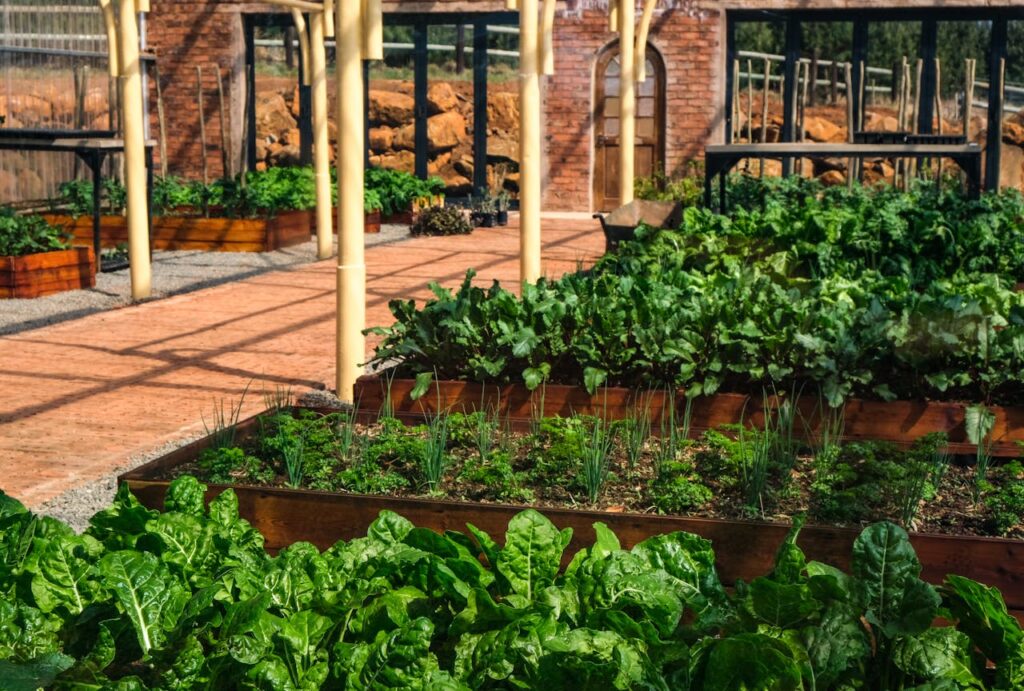
Raised bed gardening is ideal for small spaces because it allows you to grow more in less space. The structure of raised beds ensures that plants are spaced in an organized way, maximizing the available square footage. Instead of wasting space between plants, you can plant more densely, which is especially useful in urban gardens or areas with limited room.
Moreover, raised beds can be placed in unconventional spaces like rooftops, patios, or driveways. This gives gardeners the flexibility to use areas that would otherwise be unavailable for traditional gardening, providing more growing opportunities even in crowded environments.
Improves Soil Quality
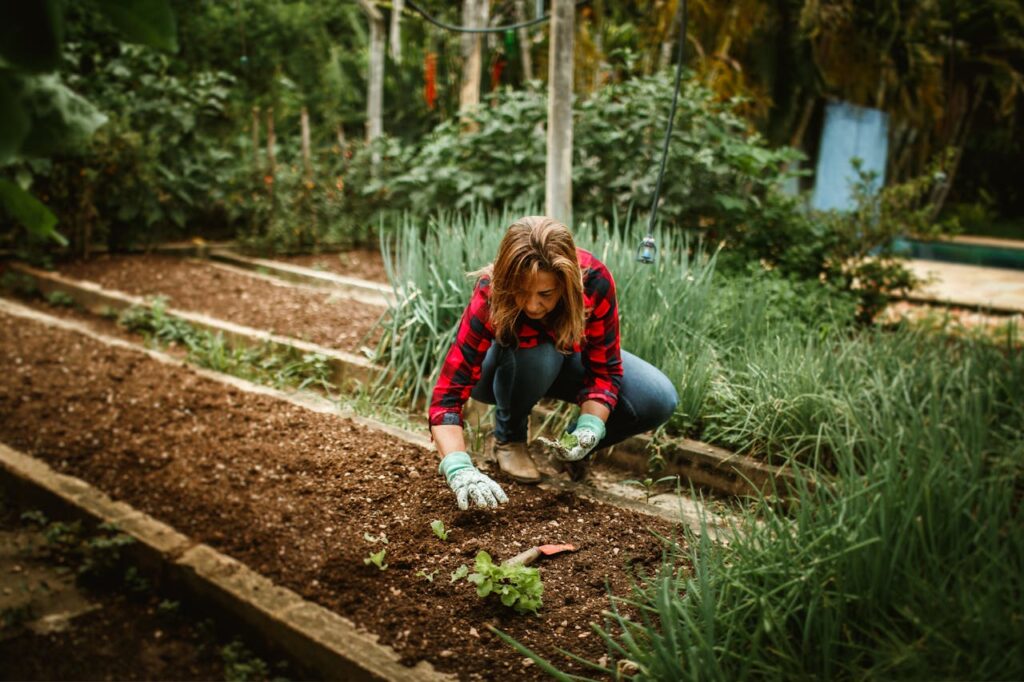
In small spaces, the native soil may not always be ideal for gardening. With raised beds, gardeners can fill the bed with nutrient-rich soil tailored to the needs of their plants. This allows for better control over soil conditions, such as drainage, pH levels, and nutrient content, which directly influence plant health and growth.
Raised beds also help avoid common soil issues like compaction, which can be a problem in small or high-traffic areas. This means your plants can access the nutrients and oxygen they need, leading to healthier and more robust growth.
Better Drainage
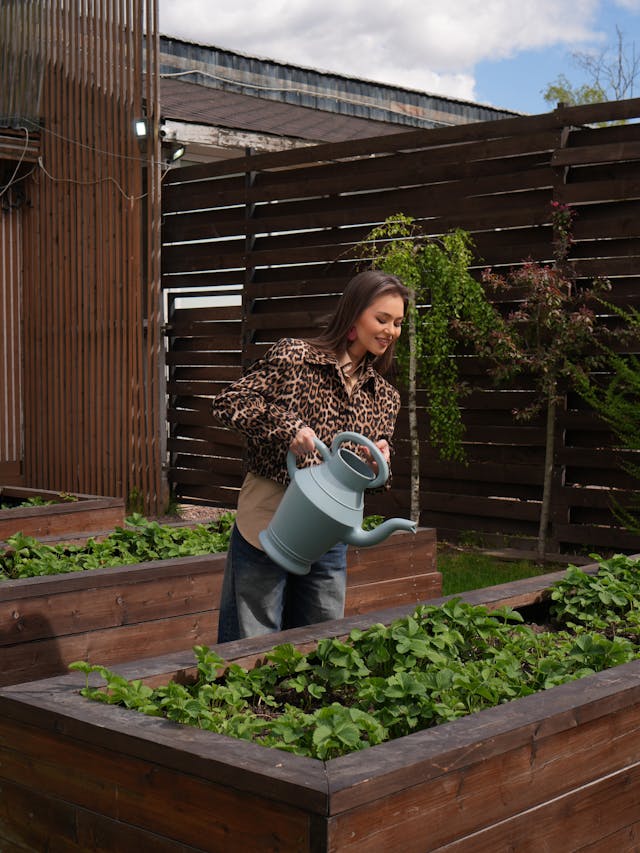
Poor drainage can be a significant issue in small gardens, where the soil may become waterlogged or overly compacted. Raised beds provide better drainage by elevating the plants above the ground level, ensuring that excess water does not accumulate around plant roots. This helps prevent diseases like root rot, which can be common in poorly-drained soil.
With raised beds, you have more control over the moisture levels in the soil. The soil mix can be adjusted to improve water retention or drainage, depending on the plants being grown. This also means you can water your plants more efficiently, ensuring consistent hydration without the risk of waterlogging.
Enhanced Accessibility
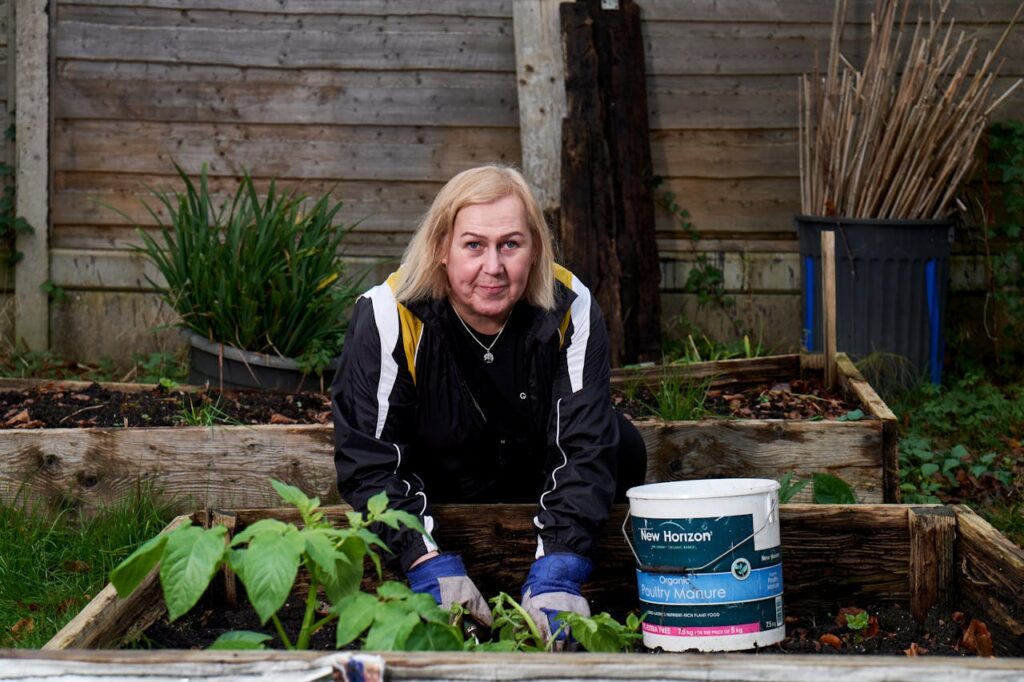
For gardeners with limited mobility or those who find bending over uncomfortable, raised beds provide a more accessible gardening solution. The elevated design means you do not have to crouch or kneel, reducing strain on your back and knees. This makes gardening enjoyable for a wider range of people, including those with arthritis or other physical limitations.
Raised beds can also be customized in height, which further improves accessibility. You can build them at a height that suits your needs, whether it is for wheelchair users or individuals who prefer to garden while standing. This ensures that gardening remains a comfortable and feasible activity, even in small spaces.
Less Weeding
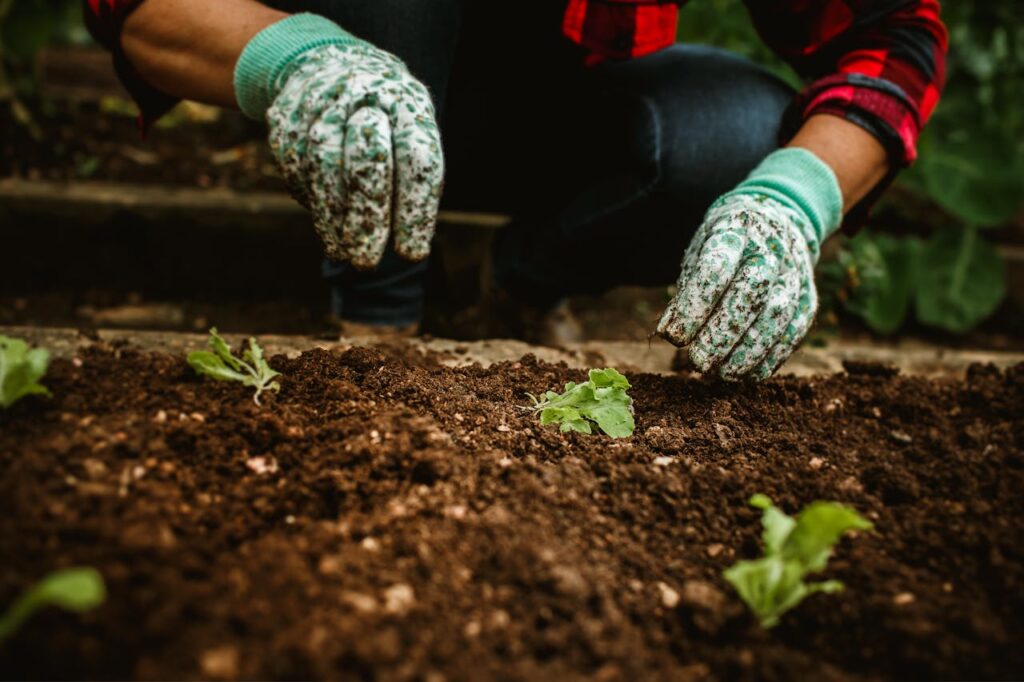
Weeding is a constant challenge in traditional gardens, especially in small spaces where weeds can quickly spread and take over. Raised beds help minimize the growth of weeds by providing a controlled environment. The soil in raised beds is often better prepared and is less likely to contain weed seeds, making it easier to keep your garden tidy.
Additionally, the elevated nature of raised beds makes it easier to spot and remove any weeds that do appear. Since the soil is contained within the structure, weeds from surrounding areas are less likely to invade, reducing the overall maintenance required and allowing you to focus on your plants rather than on constant weeding.
Improves Soil Aeration
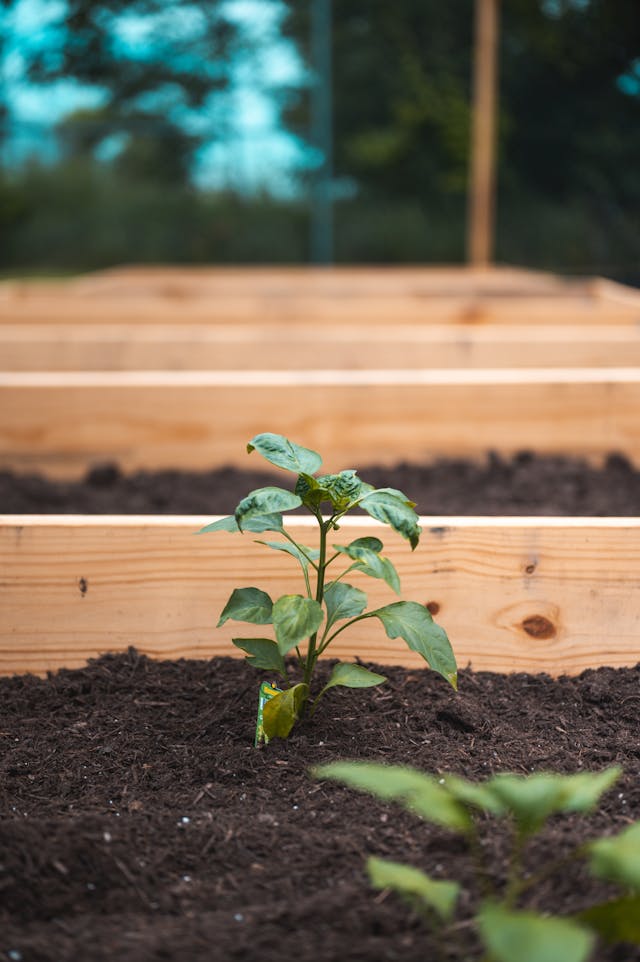
Soil aeration is crucial for healthy root development, and raised beds make it easier to achieve. With good aeration, plant roots have better access to oxygen, which is essential for their growth. The loose, well-draining soil in raised beds promotes better air circulation around the roots, which can result in stronger, healthier plants.
In small space gardening, where soil can become compacted over time, raised beds help to maintain proper aeration. This is particularly beneficial for vegetables and flowers that require ample root space and oxygen to thrive, allowing them to reach their full potential.
Longer Growing Season
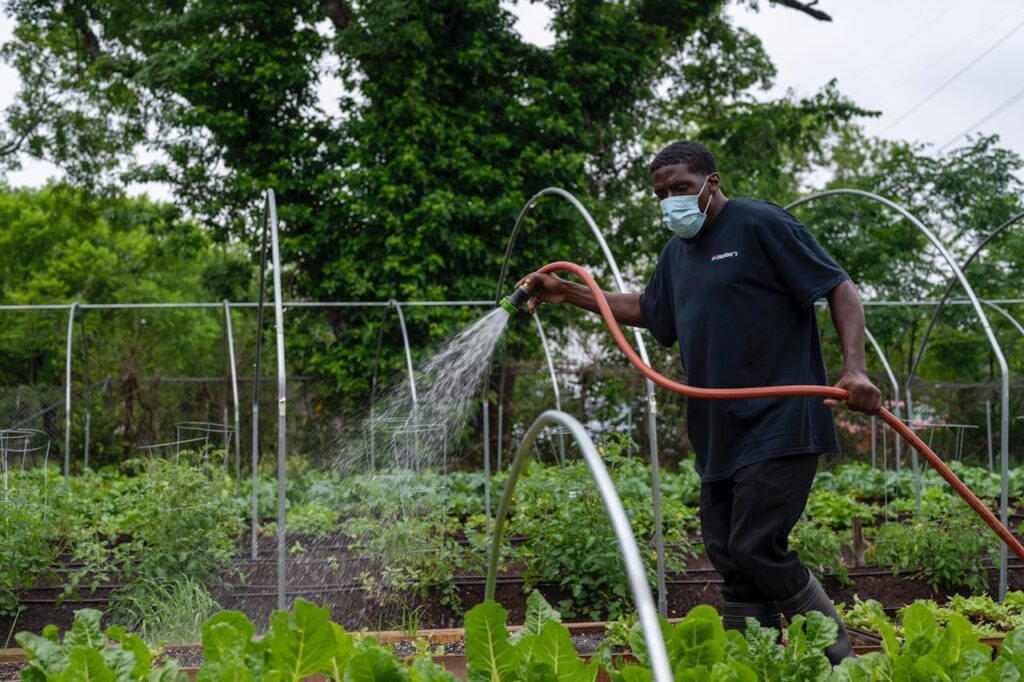
Raised beds can extend the growing season, which is especially beneficial in regions with short summers or unpredictable weather. The soil in raised beds warms up faster in the spring, allowing you to start planting earlier. This is crucial in small spaces where you want to make the most out of every season.
In addition, raised beds allow for better temperature control, meaning plants are less affected by late frosts or extreme temperatures. You can also add materials like row covers or cold frames to further protect plants, helping to extend the harvest season even in small areas.
Prevents Soil Compaction

Soil compaction can be a problem in small gardens, especially if the ground is walked on frequently or the soil is dense. Raised beds prevent soil compaction because the soil is not disturbed by foot traffic. This allows plant roots to grow freely and access the necessary nutrients and oxygen.
In traditional garden plots, the weight of people walking on the soil can compress it, making it difficult for plants to thrive. With raised beds, you eliminate this issue, ensuring that the soil remains loose and well-draining, providing an ideal environment for root development.
Less Pest Damage
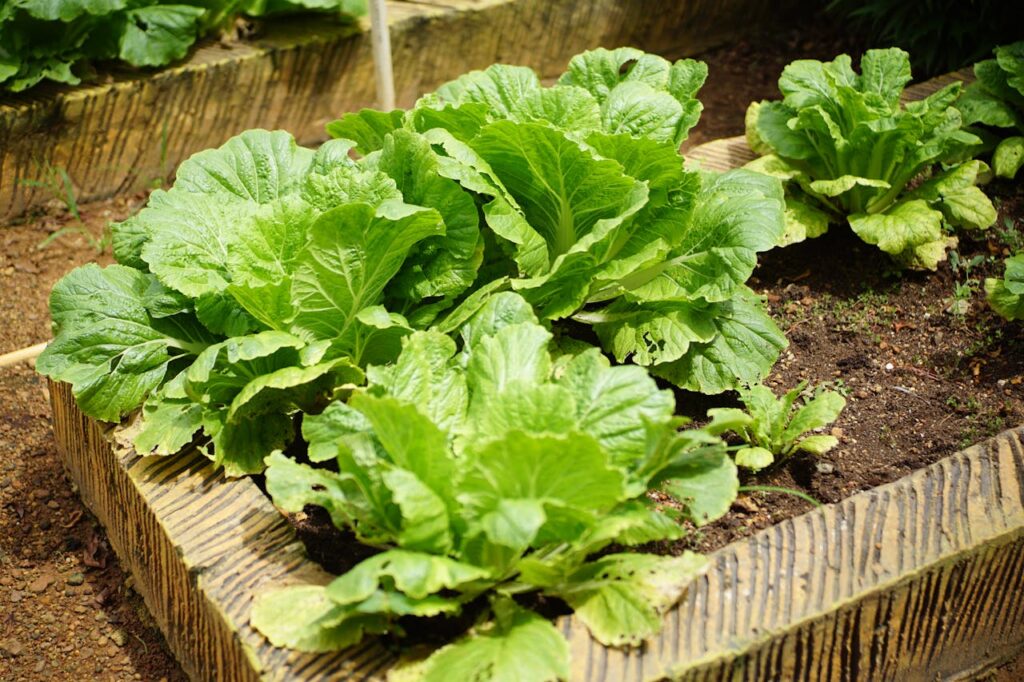
Raised beds can help minimize pest problems. The elevated design makes it harder for some pests, such as slugs or certain rodents, to reach your plants. Additionally, by keeping the soil contained, raised beds make it easier to monitor and control any pest activity.
In small spaces, where pests can quickly invade and damage crops, raised beds provide a more secure environment for plants. You can also use organic pest control methods, like companion planting or natural deterrents, to keep pests at bay without harming the environment.
More Control Over Fertilization
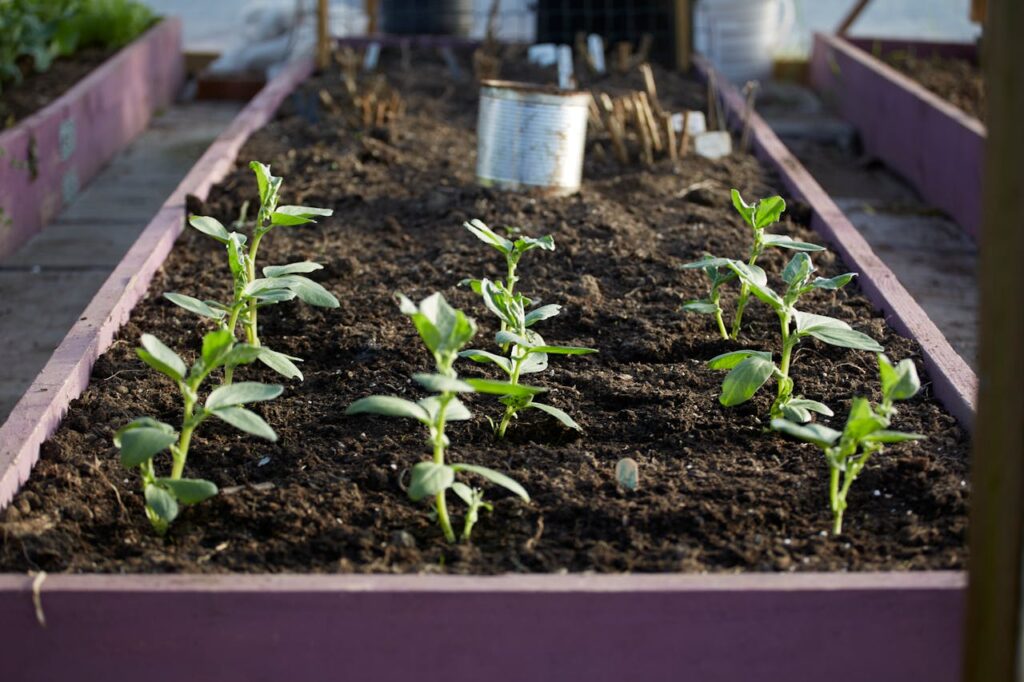
With raised beds, you have greater control over fertilization, as you can choose exactly what type of soil and compost to use. This allows you to tailor the soil to the needs of your plants, ensuring they receive the right balance of nutrients. In small space gardens, where the soil may be depleted from previous plantings, raised beds offer an easy way to refresh and replenish the soil.
By adding organic matter and compost to raised beds, you can create a nutrient-rich environment that promotes healthy plant growth. This level of control over fertilization leads to better yields and healthier plants, making raised bed gardening an efficient choice for small space gardeners.
Keeps Garden Organized
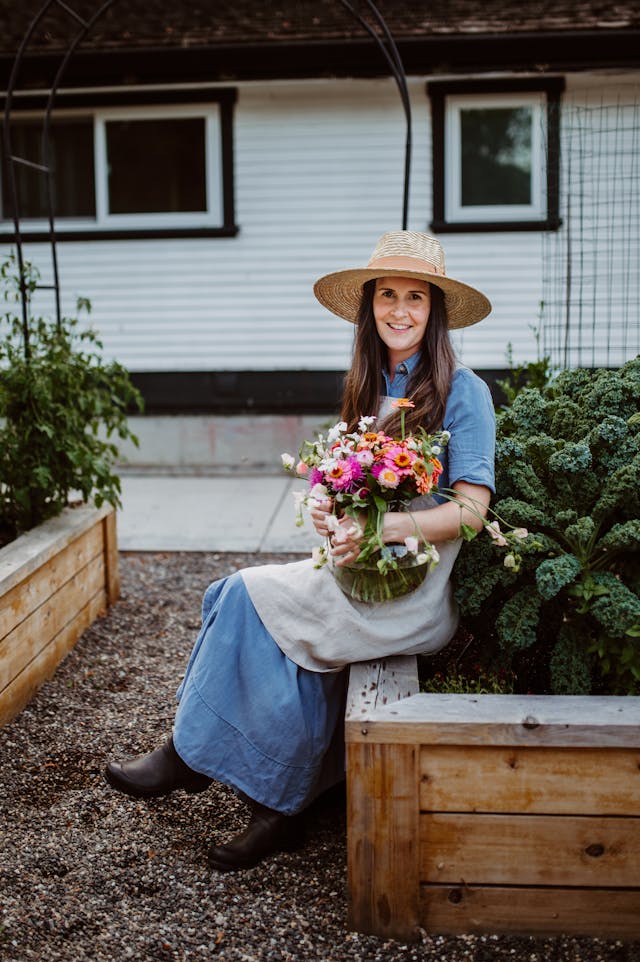
Raised beds naturally promote a more organized gardening style. Each bed is contained within its frame, which means plants are neatly arranged and easy to care for. This helps keep your garden tidy and ensures that each plant has the space it needs to grow.
For gardeners working with limited space, raised beds help maximize every inch of available area. By organizing plants into distinct sections, raised beds create a sense of structure and prevent overcrowding, making it easier to track what is growing where.
This article originally appeared on Avocadu.
